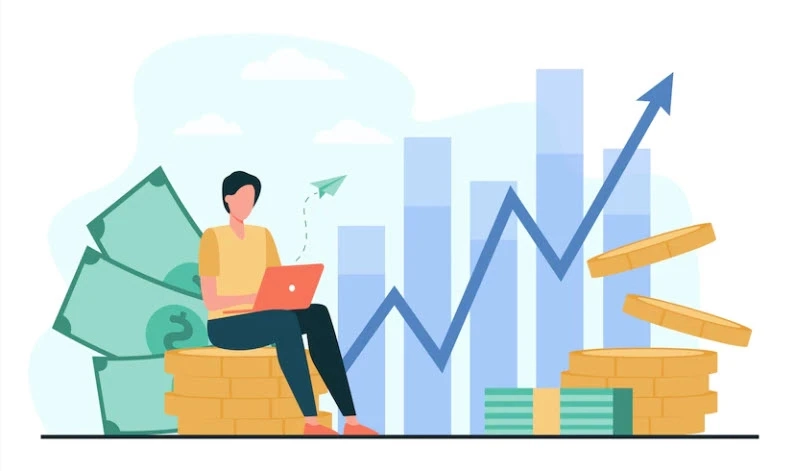Inflation or price inflation is an economic indicator that indicates the rising prices of goods and services in the economy. Inflation results in a sudden drop in the purchasing power of money. Ultimately it shows the decrease in the buying power of the rupee. Inflation can be a matter of concern as the value of money keeps decreasing as inflation rises.
Types of Inflation
There are different types of inflation and those include:
Demand-pull Inflation – In demand–pull inflation, there is increase in prices because of higher demand in comparison to productivity. The difference between demand and supply results in price appreciation.
Cost-Push Inflation –It is true that supply can also cause inflationary pressure. If the aggregate demand remains unchanged then the price level increases. This type of inflation usually arises from an overall increase in the cost of production and the cost of production rises from an increase in the prices of raw material, wages, etc. This inflation is contrasted by deflation, where the purchasing power of money is increased and prices of commodities decrease.
Built-in Inflation – Expectation of future inflations results in Built-in Inflation. In this inflation, a rise in prices results in higher wages to afford the increased cost of living. Hence, high wages result in increased cost of production, which in turn has a great impact on product pricing.
Open Inflation – This inflation is considered the simplest form of inflation where the price level rises continuously and is easily visible to many people. As it opens, you can easily see the annual rate of increase in the price level.
Repressed Inflation – In this inflation, there is excess demand in an economy which ultimately leads to an increase in price.
Hyper-Inflation – This is a kind of inflation in which the price level increases at a rapid rate. Also, you can expect prices to increase each hour which ultimately lead to the demonetization of an economy.
Creeping – Here the price level increases very slowly over a long period of time.This type of inflation is beneficial for the economy as it promotes demand among consumers.
Moderate –In this, the rise in the price level is neither too fast nor too slow.
How do we prevent inflation?
To prevent inflation, the primary strategy is to change the monetary policy by adjusting the interest rates. Higher interest rates decrease the demand in the economy. This results in lower economic growth and therefore, lower inflation. Other ways to prevent inflation are:
Controlling the money supply.
Higher interest rates decrease the economy's demand, resulting in lower economic growth and lower inflation.
Higher income tax rates can restrict expenditure, lowering demand and inflating inflationary pressures.
Introducing initiatives to improve the economy's efficiency and competitiveness aids in the reduction of long-term costs.


